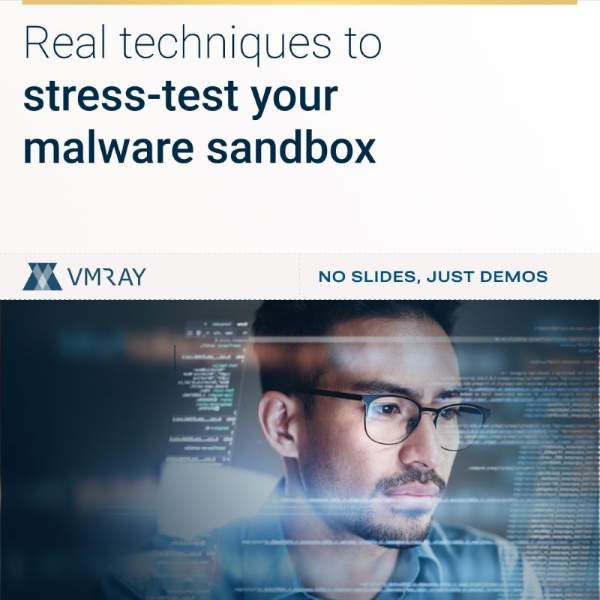Chapter 1: Empowering Defense: How EDR and XDR enhance modern threat detection
In the ever-evolving realm of cybersecurity, traditional antivirus solutions struggle to keep up with the sophistication of modern threats, leaving organizations vulnerable to emerging risks. This chapter explores how Endpoint Detection and Response (EDR) and Extended Detection and Response (XDR) solutions have emerged as dynamic alternatives, offering a more effective approach to threat detection.
A new approach to threat detection
Traditional antivirus solutions, once reliable in identifying known threats, are increasingly inadequate in a landscape dominated by zero-day vulnerabilities and intricate malware. Cybercriminals have become skilled at evading static engines through techniques like file padding and string encryption, rendering traditional approaches ineffective.
EDR and XDR solutions have stepped in to fill this gap. These solutions focus on behavioral anomalies and user activities, making them better equipped to identify unknown and evasive threats. Unlike traditional methods that rely on signatures or heuristics, EDR and XDR provide a dynamic and context-aware approach to threat detection.
The Challenge of Precision: Calibrating EDR and XDR
While EDR and XDR solutions offer enhanced detection capabilities, they present a unique challenge: calibration. The dynamic nature of these solutions requires careful fine-tuning to adapt to an organization’s specific environment. Achieving the right balance between capturing genuine threats and minimizing false positives demands meticulous adjustment of sensitivity levels.
Managed Detection and Response (MDR) services and Managed Security Service Providers (MSSPs) recognize the importance of this calibration. They integrate EDR and XDR solutions into their offerings, pre-tuning the systems to reduce unnecessary alerts. By doing so, they help organizations mitigate alert fatigue and focus on critical security matters.
Addressing resource challenges with the power of collaboration
The power of EDR and XDR lies not only in their dynamic detection methods but also in their collaborative nature. These solutions can seamlessly integrate and exchange telemetry data with other security systems, enhancing the quality of evidence and insights. This collaborative approach accelerates threat response, minimizing the time attackers spend within the network.
However, this collaboration requires skilled resources. Organizations often find themselves grappling with an influx of data and alerts, necessitating skilled security analysts who can effectively manage and respond to these inputs. Without the right resources, critical alerts might go unnoticed, putting the organization at risk.
In the subsequent chapters, we will explore the nuances of alert fatigue, the impact of false positives, and how automation can streamline alert triage processes, ensuring that security analysts can focus on real threats without being overwhelmed.


